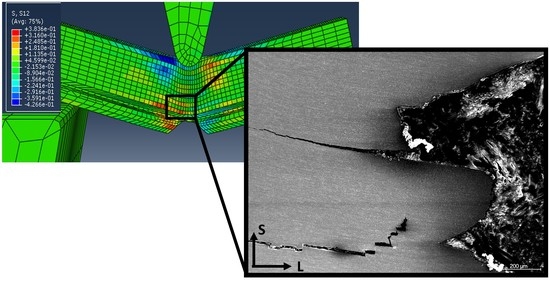Influence of Texture on Impact Toughness of Ferritic Fe-20Cr-5Al Oxide Dispersion Strengthened Steel
Abstract
:1. Introduction
2. Materials and Techniques
3. FEM Simulation
4. Results and Discussion
4.1. Microstructure
4.2. Impact Toughness Results
4.3. Role of Crystallographic Texture on Delamination
5. Conclusions
Acknowledgments
Author Contributions
Conflicts of Interest
References
- Miodownik, M.A.; Martin, J.W.; Little, E.A. Grain boundary segregation in an oxide-dispersion-strengthened ferritic steel. J. Mater. Sci. Lett. 1993, 12, 834–835. [Google Scholar] [CrossRef]
- Hack, G.A.J. Developments in the production of oxide dispersion strengthened superalloys. Powder Metall. 1984, 27, 73–79. [Google Scholar] [CrossRef]
- Capdevila, C.; Miller, M.K.; Toda, I.; Chao, J. Influence of the α-α’ phase separation on the tensile properties of fe-base ODS PM 2000 alloy. Mater. Sci. Eng. A 2010, 527, 7931–7938. [Google Scholar] [CrossRef]
- Huet, J.J. Possible fast-reactor canning material strengthened and stabilized by dispersion. Powder Metall. 1967, 10, 208–215. [Google Scholar] [CrossRef]
- Ukai, S.; Ohtsuka, S.; Kaito, T.; de Carlan, Y.; Ribis, J.; Malaplate, J. Oxide dispersion-strengthened/ferrite-martensite steels as core materials for generation IV nuclear reactors. In Structural Materials for Generation IV Nuclear Reactors; Yvon, P., Ed.; Elsevier: Amsterdam, The Netherlands, 2016; pp. 357–414. [Google Scholar]
- Tanno, T.; Ohtsuka, S.; Yano, Y.; Kaito, T.; Tanaka, K. Effects of manufacturing process on impact properties and microstructures of ODS steels. J. Nucl. Mater. 2014, 455, 480–485. [Google Scholar] [CrossRef]
- Chao, J.; Capdevila, C. Anisotropy in mechanical properties and fracture behavior of an oxide dispersion fe20cr5al alloy. Metall. Mater. Trans. A Phys. Metall. Mater. Sci. 2014, 45, 3767–3780. [Google Scholar] [CrossRef]
- Chao, J.; Capdevila, C.; Serrano, M.; Garcia-Junceda, A.; Jimenez, J.A.; Miller, M.K. Effect of α-α’ phase separation on notch impact behavior of oxide dispersion strengthened (ODS) fe20cr5al alloy. Mater. Des. 2014, 53, 1037–1046. [Google Scholar] [CrossRef]
- Chao, J.; Rementeria, R.; Aranda, M.; Capdevila, C.; Gonzalez-Carrasco, J.L. Comparison of ductile-to-brittle transition behavior in two similar ferritic oxide dispersion strengthened alloys. Materials 2016, 9, 637. [Google Scholar] [CrossRef]
- Pimentel, G.; Aranda, M.M.; Chao, J.; González-Carrasco, J.L.; Capdevila, C. Development of simultaneous corrosion barrier and optimized microstructure in fecral heat-resistant alloy for energy applications. Part II: The optimized creep-resistant microstructure. JOM 2015, 67, 2055–2061. [Google Scholar] [CrossRef]
- Pimentel, G.; Aranda, M.M.; Chao, J.; González-Carrasco, J.L.; Capdevila, C. Development of simultaneous corrosion barrier and optimized microstructure in fecral heat-resistant alloy for energy applications. Part 1: The protective scale. JOM 2015, 67, 2047–2054. [Google Scholar] [CrossRef]
- Capdevila, C.; Miller, U.; Jelenak, H.; Bhadeshia, H. Strain heterogeneity and the production of coarse grains in mechanically alloyed iron-based PM 2000 alloy. Mater. Sci. Eng. A-Struct. Mater. Prop. Microstruct. Process. 2001, 316, 161–165. [Google Scholar] [CrossRef]
- Capdevila, C.; Miller, M.; Russell, K. Aluminum partitioning during phase separation in Fe–20%Cr–6%Al ODS alloy. J. Mater. Sci. 2008, 43, 3889–3893. [Google Scholar] [CrossRef]
- Date, E.H.F.; Andrews, K.W. Anisotropic and composition effects in the elastic properties of polycrystalline metals. J. Phys. D Appl. Phys. 1969, 2, 1373–1381. [Google Scholar] [CrossRef]
- Lord, A.E., Jr.; Beshers, D.N. Elastic stiffness coefficients of iron from 77° to 673° k. J. Appl. Phys. 1965, 36, 1620–1623. [Google Scholar] [CrossRef]
- De Bremaecker, A. Past research and fabrication conducted at SCK·CEN on ferritic ODS alloys used as cladding for fbr’s fuel pins. J. Nucl. Mater. 2012, 428, 13–30. [Google Scholar] [CrossRef]
- Mintz, B.; Morrison, W.B.; Morris, P.P.; Davies, G.J. The influence of texture on the tensile and impact properties of controlled steels. In Texture and Properties of Materials; Davies, G.J., Ed.; The Metal Society: London, UK, 1976; pp. 224–234. [Google Scholar]
- Mintz, B.; Morrison, W.B.; Welch, P.I.; Davies, G.J. The relative contributions of texture and grain shape to the properties of warm-rolled Fe–Mn alloys. In Texture and Properties of Materials; Gottstein, G., Lucke, K., Eds.; Springer: Berlin, Germany, 1978; Volume 2, pp. 465–474. [Google Scholar]
- Petrov, R.; García, O.L.; Mouriño, N.S.; Kestens, L.; Bae, J.H.; Kang, K.B. Microstructure-texture related toughness anisotropy of api-x80 pipeline steel characterized by means of 3d-ebsd technique. Mater. Sci. Forum 2007, 558–559, 1429–1434. [Google Scholar] [CrossRef]
- Petrov, R.; Garcia, O.L.; Mulders, J.J.L.; Reis, A.C.C.; Bae, J.H.; Kestens, L.; Houbaert, Y. Three dimensional microstructure-microtexture characterization of pipeline steel. Mater. Sci. Forum 2007, 550, 625–630. [Google Scholar] [CrossRef]
- Baczynski, G.J.; Jonas, J.J.; Collins, L.E. The influence of rolling practice on notch toughness and texture development in high-strength linepipe. Metall. Mater. Trans. A Phys. Metall. Mater. Sci. 1999, 30, 3045–3054. [Google Scholar] [CrossRef]
- García, O.L.; Petrov, R.; Bae, J.H.; Kestens, L.; Kang, K.B. Microstructure—Texture related toughness anisotropy of api-x80 pipeline steel. Adv. Mater. Res. 2007, 15–17, 840–845. [Google Scholar] [CrossRef]
- Pimentel, G.; Toda-Caraballo, I.; Chao, J.; Capdevila, C. Role of strain heterogeneity on recrystallisation of oxide dispersion strengthened fe-cr-al alloys for high-temperature applications. J. Mater. Sci. 2012, 47, 5605–5616. [Google Scholar] [CrossRef]
- Chao, J.; Capdevila, C.; Serrano, M.; Garcia-Junceda, A.; Jimenez, J.A.; Pimentel, G.; Urones-Garrote, E. Notch impact behavior of oxide-dispersion-strengthened (ODS) Fe20Cr5al alloy. Metall. Mater. Trans. A Phys. Metall. Mater. Sci. 2013, 44, 4581–4594. [Google Scholar] [CrossRef]
- Alinger, M.J.; Odette, G.R.; Lucas, G.E. Tensile and fracture toughness properties of ma957: Implications to the development of nanocomposited ferritic alloys. J. Nucl. Mater. 2002, 307–311, 484–489. [Google Scholar] [CrossRef]
- Kasada, R.; Toda, N.; Yutani, K.; Cho, H.S.; Kishimoto, H.; Kimura, A. Pre- and post-deformation microstructures of oxide dispersion strengthened ferritic steels. J. Nucl. Mater. 2007, 367–370, 222–228. [Google Scholar] [CrossRef]
- Chao, J.; Capdevila-Montes, C.; González-Carrasco, J.L. On the delamination of fecral ODS alloys. Mater. Sci. Eng. A 2009, 515, 190–198. [Google Scholar] [CrossRef]
- Kimura, Y.; Inoue, T.; Fuxing, Y.I.N.; Tsuzaki, K. Delamination toughening of ultrafine grain structure steels processed through tempforming at elevated temperatures. ISIJ Int. 2010, 50, 152–161. [Google Scholar] [CrossRef]
- Tsuji, N.; Okuno, S.; Koizumi, Y.; Minamino, Y. Toughness of ultrafine grained ferritic steels fabricated by arb and annealing process. Mater. Trans. 2004, 45, 2272–2281. [Google Scholar] [CrossRef]
- Song, R.; Ponge, D.; Raabe, D. Mechanical properties of an ultrafine grained C-Mn steel processed by warm deformation and annealing. Acta Mater. 2005, 53, 4881–4892. [Google Scholar] [CrossRef]
- Douthwaite, R.M.; Evans, J.T.; Petch, N.J.; Wraith, A.E. Pneumatic bursting of multiple-layer pressure shells. Metals Technol. 1974, 1, 153–154. [Google Scholar] [CrossRef]
- Kum, D.W.; Oyama, T.; Wadsworth, J.; Sherby, O.D. The impact properties of laminated composites containing ultrahigh carbon (UHC) steels. J. Mech. Phys. Solids 1983, 31, 173–186. [Google Scholar] [CrossRef]
- Tomita, Y. Development of fracture toughness of ultrahigh strength, medium carbon, low alloy steels for aerospace applications. Int. Mater. Rev. 2000, 45, 27–37. [Google Scholar] [CrossRef]
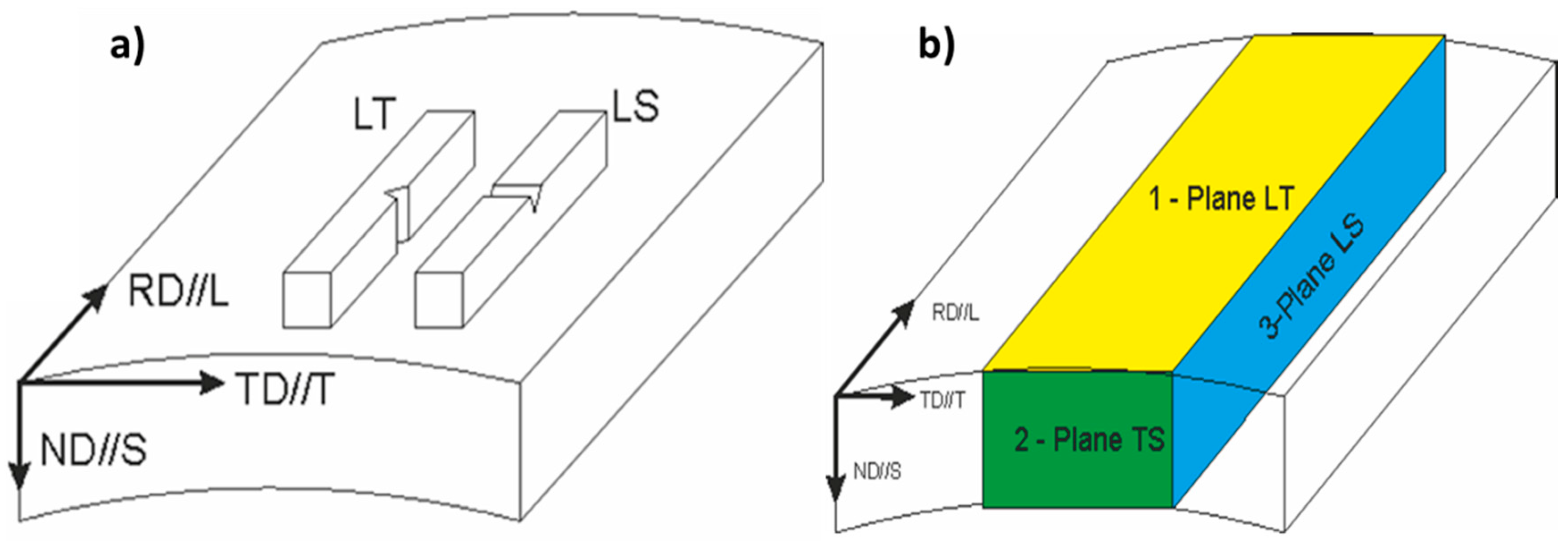
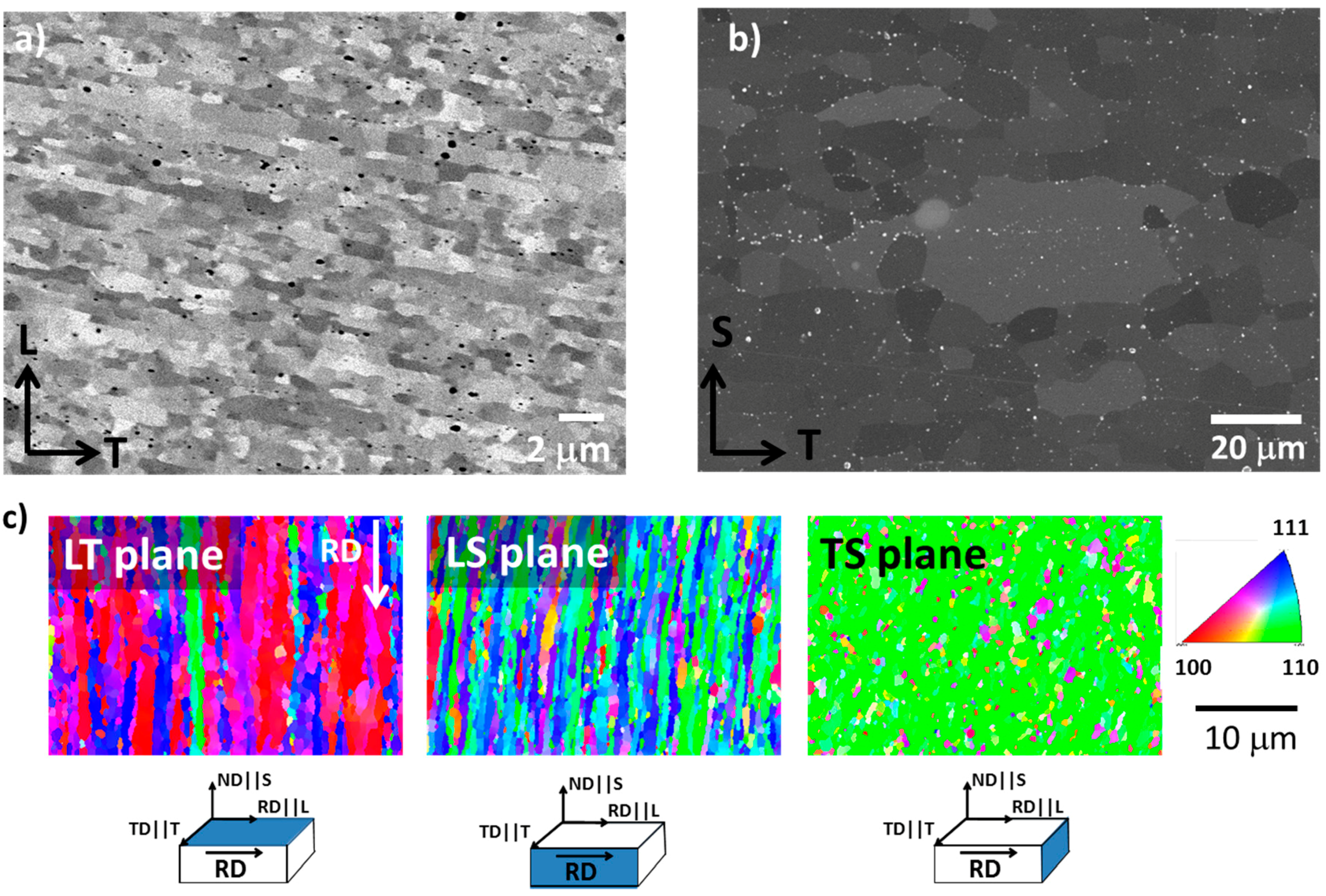
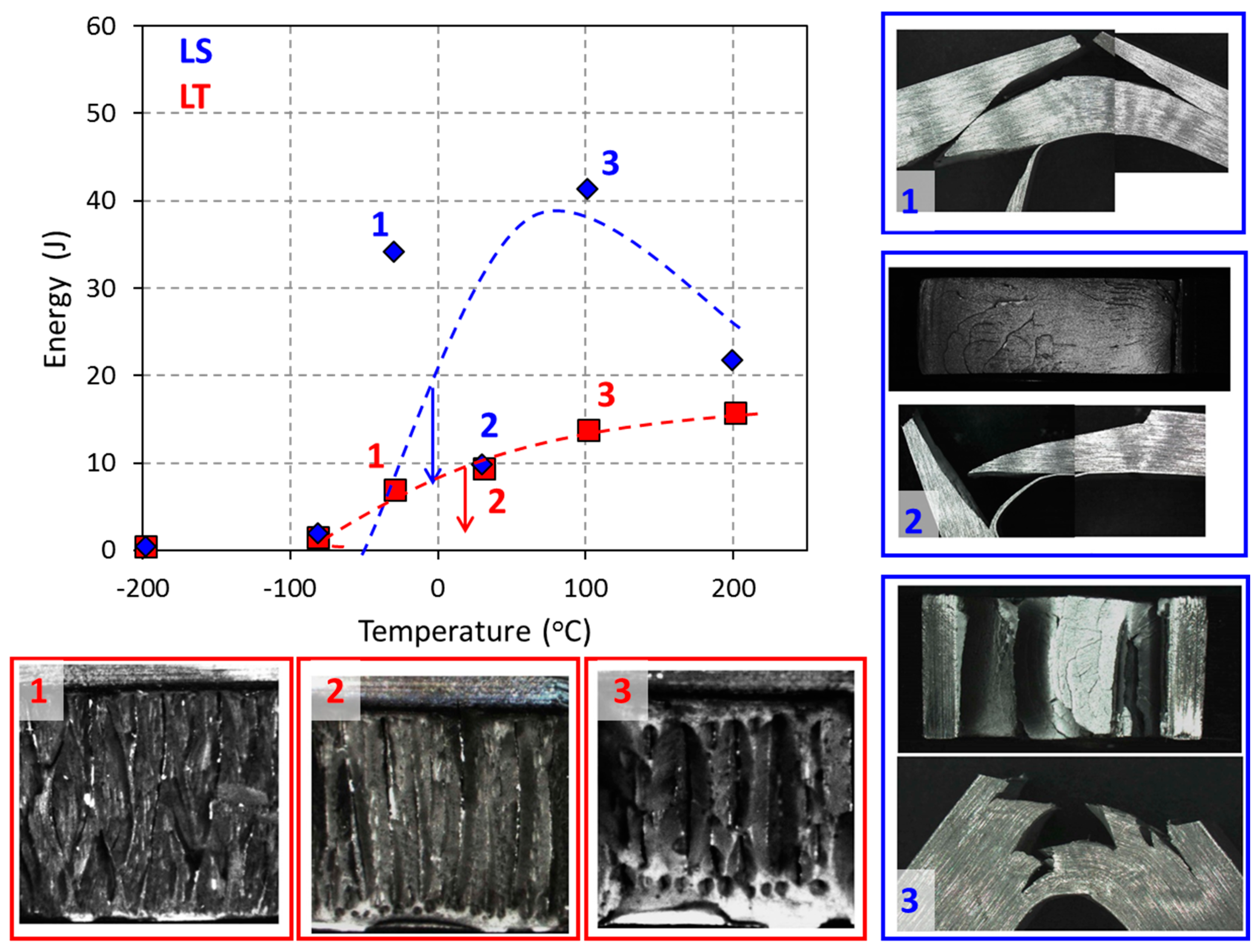

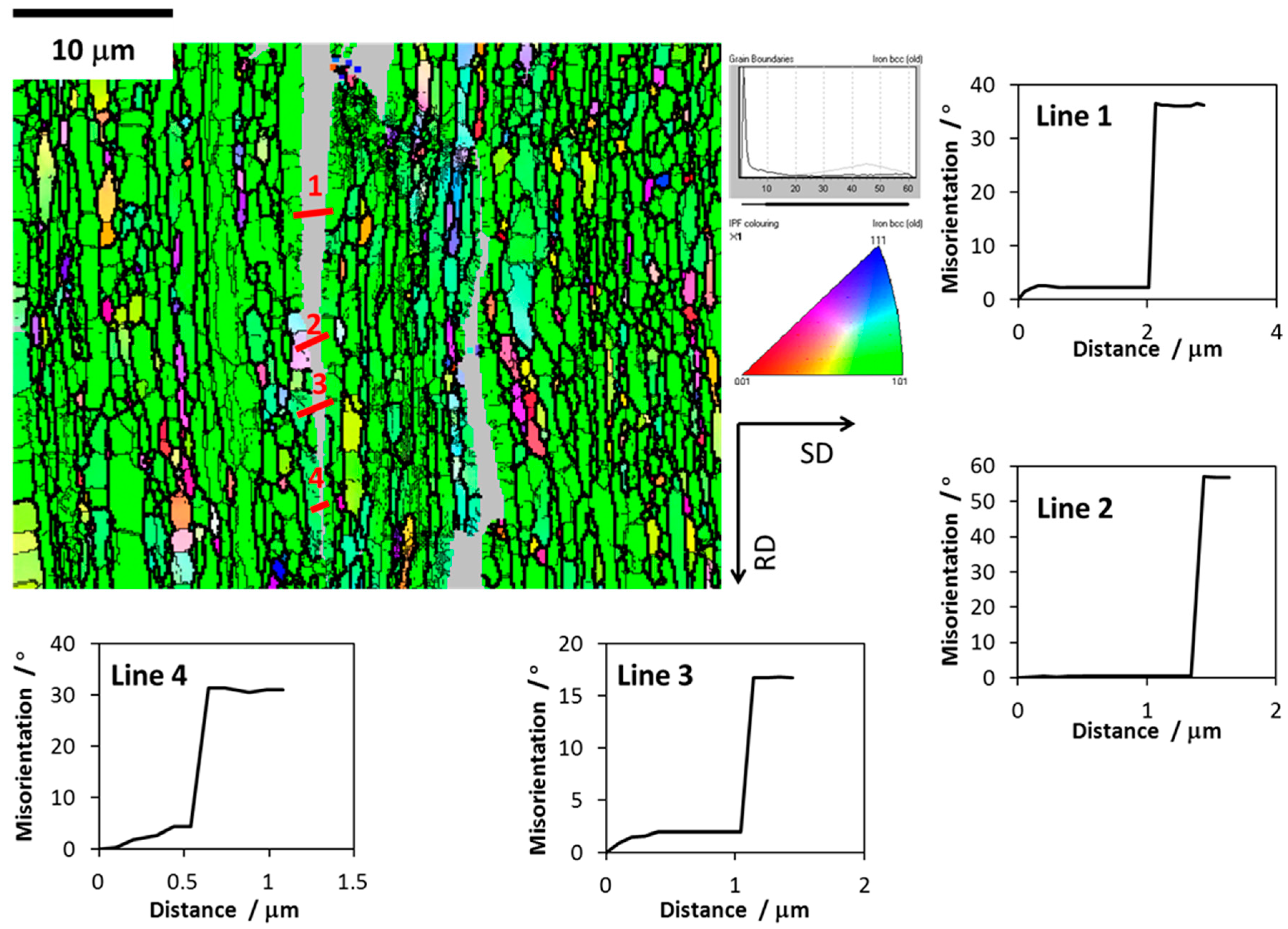
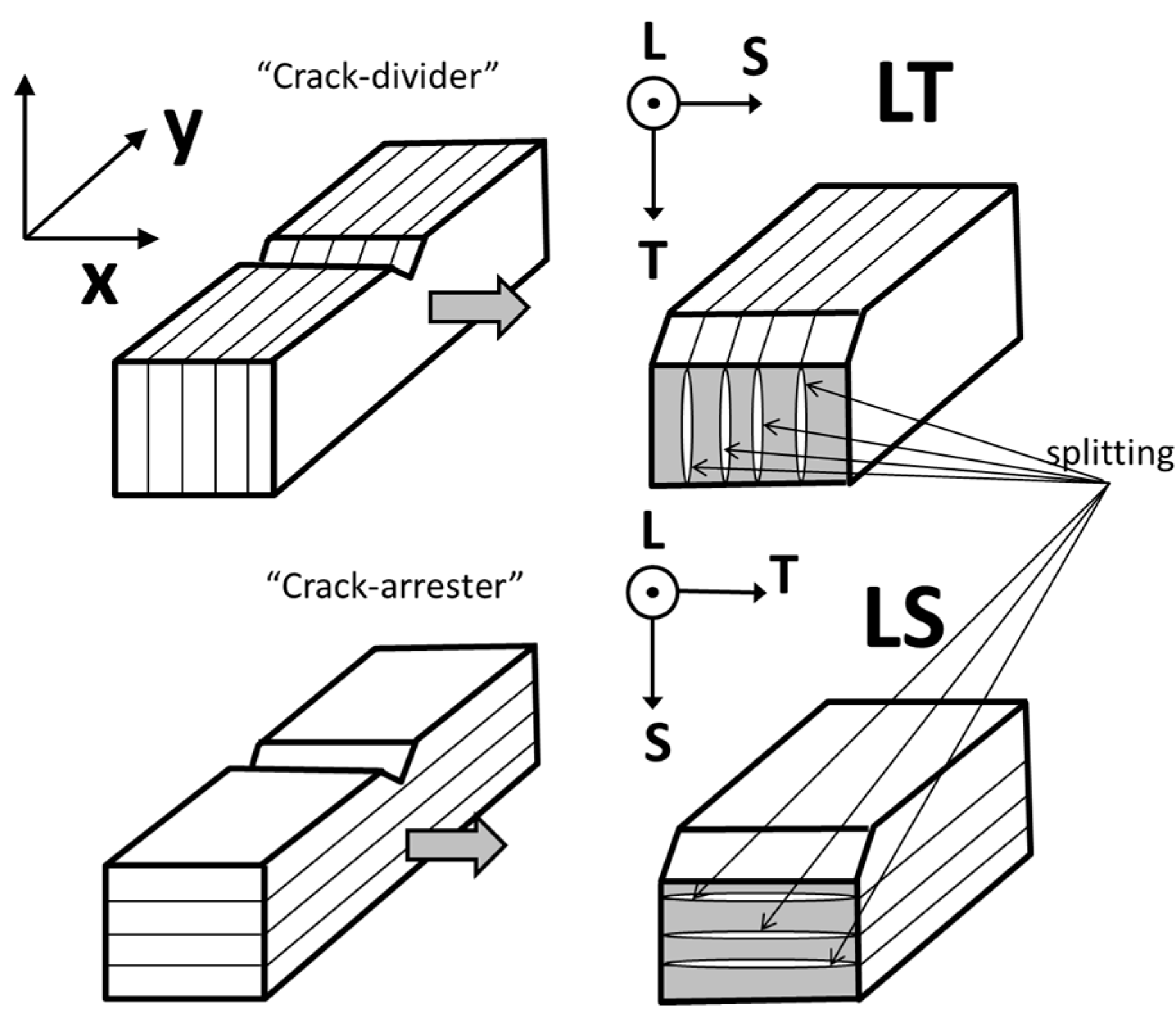
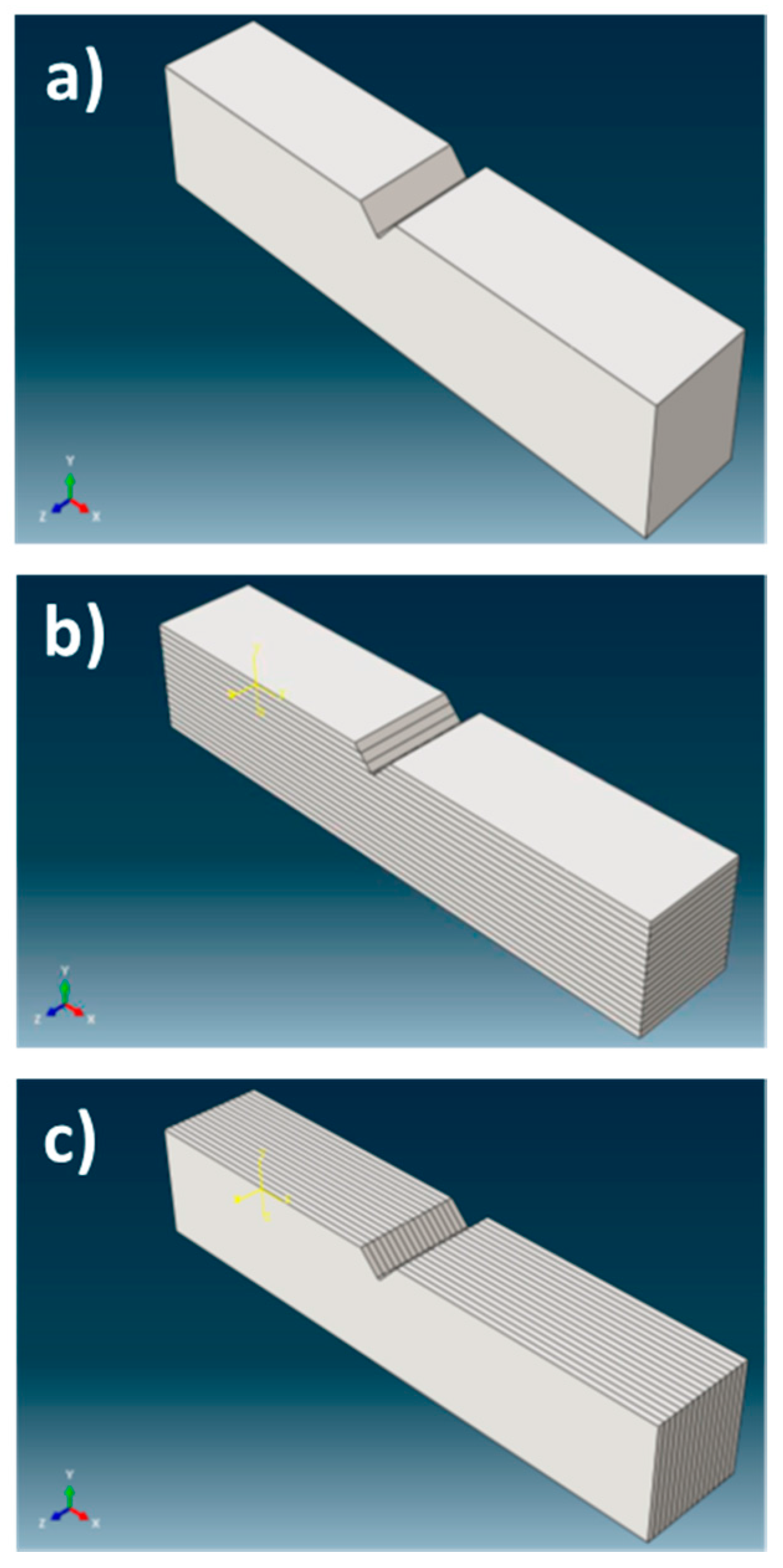
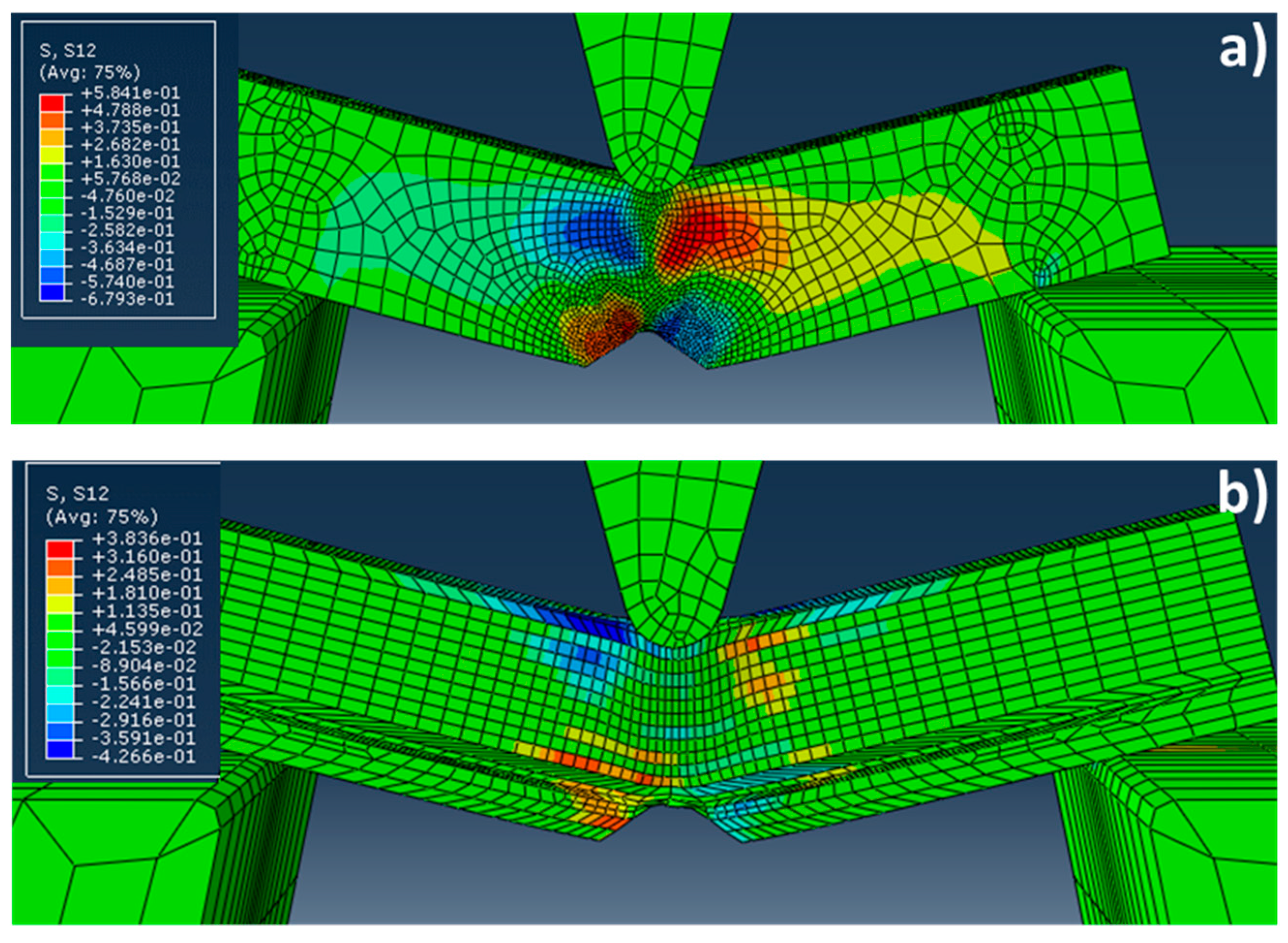

| Composition | Cr | Al | Ti | C | O | N | Y | Fe |
|---|---|---|---|---|---|---|---|---|
| wt. % | 18.60 | 5.20 | 0.54 | 0.04 | 0.09 | 0.006 | 0.391 | balance |
| at. % | 18.50 | 10.10 | 0.58 | 0.17 | 0.28 | 0.022 | 0.228 | balance |
| Reference System | [100] | [110] | [111] |
|---|---|---|---|
| X[100] | L = 1 | ||
| Y[010] | M = 0 | ||
| Z[001] | N = 0 | N = 0 |
| Eii (GPa) | Gij (GPa) | νij |
|---|---|---|
| Partition # | Twist (°) |
|---|---|
| 1 | −11 |
| 2 | 1 |
| 3 | −7 |
| 4 | −5 |
| 5 | 2 |
| 6 | 4 |
| 7 | 11 |
| 8 | 0 |
| 9 | −10 |
| 10 | 3 |
| 11 | −9 |
| 12 | 3 |
| 13 | −5 |
| 14 | 1 |
| 15 | −3 |
| 16 | 2 |
© 2017 by the authors. Licensee MDPI, Basel, Switzerland. This article is an open access article distributed under the terms and conditions of the Creative Commons Attribution (CC BY) license (http://creativecommons.org/licenses/by/4.0/).
Share and Cite
Sánchez-Gutiérrez, J.; Chao, J.; Vivas, J.; Galvez, F.; Capdevila, C. Influence of Texture on Impact Toughness of Ferritic Fe-20Cr-5Al Oxide Dispersion Strengthened Steel. Materials 2017, 10, 745. https://doi.org/10.3390/ma10070745
Sánchez-Gutiérrez J, Chao J, Vivas J, Galvez F, Capdevila C. Influence of Texture on Impact Toughness of Ferritic Fe-20Cr-5Al Oxide Dispersion Strengthened Steel. Materials. 2017; 10(7):745. https://doi.org/10.3390/ma10070745
Chicago/Turabian StyleSánchez-Gutiérrez, Javier, Jesus Chao, Javier Vivas, Francisco Galvez, and Carlos Capdevila. 2017. "Influence of Texture on Impact Toughness of Ferritic Fe-20Cr-5Al Oxide Dispersion Strengthened Steel" Materials 10, no. 7: 745. https://doi.org/10.3390/ma10070745





